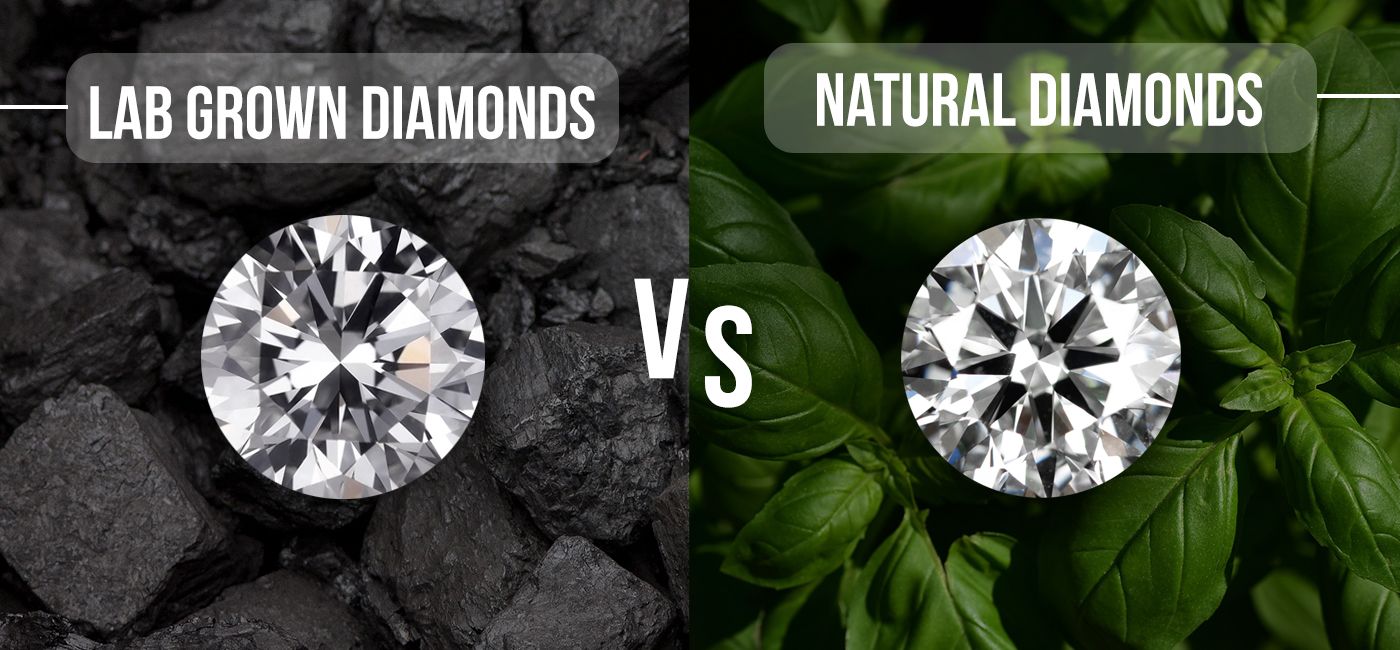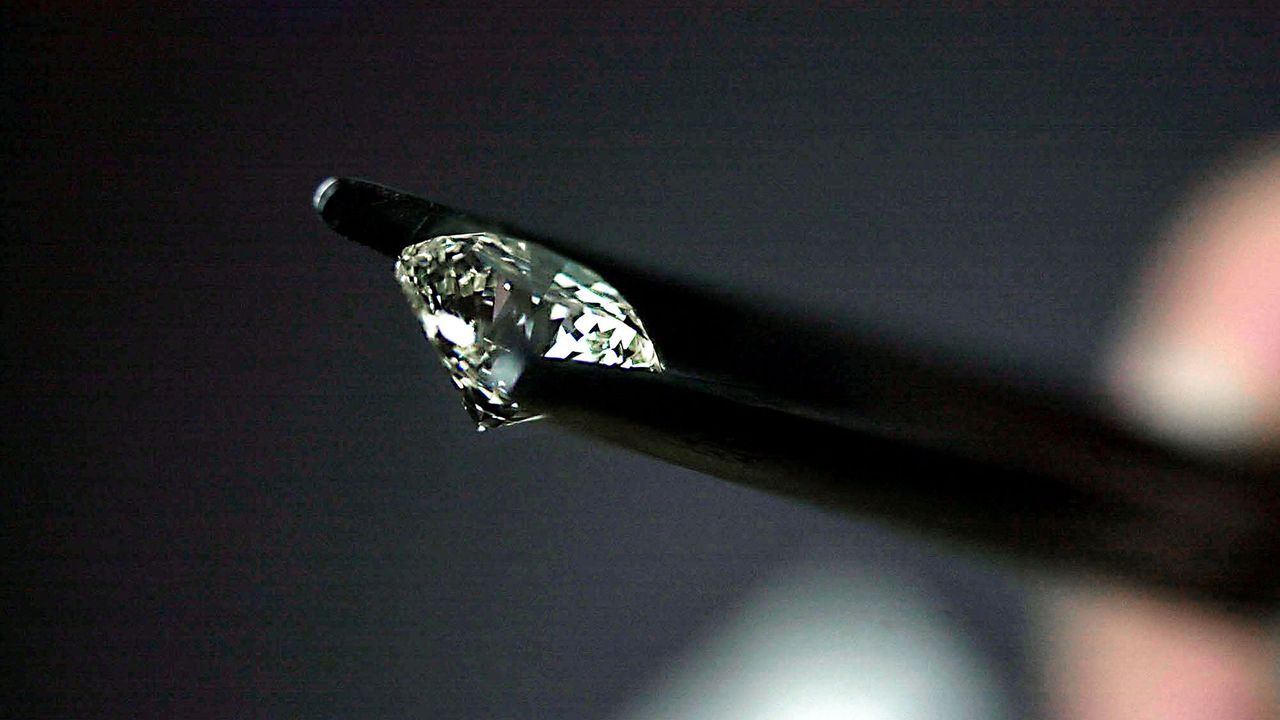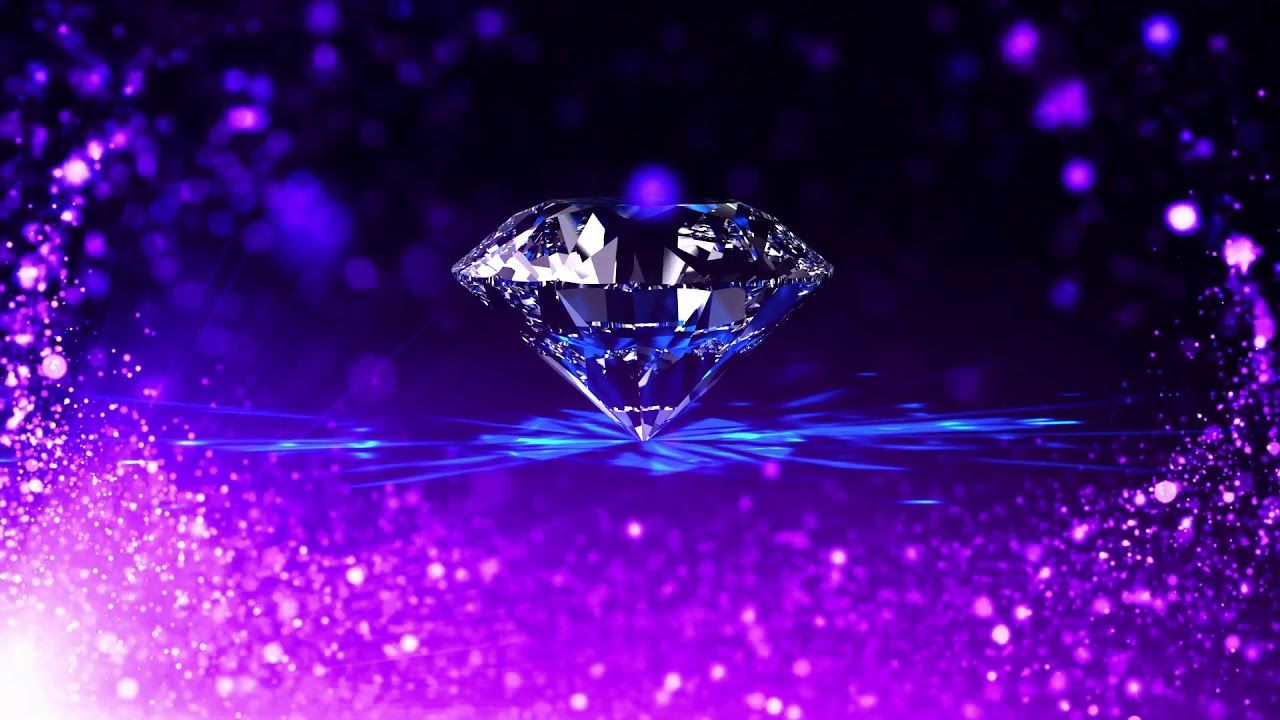
Introduction to Lab-Grown Diamonds
In recent years, the jewelry industry has witnessed a revolution with the introduction of diamond substitutes. These synthetic stones, created through advanced technological processes, are rapidly gaining popularity as an ethical and sustainable alternative to mined diamonds. In this comprehensive article, we will explore the key attributes, benefits, and differences of lab-grown diamonds compared to traditional diamonds, shedding light on why they are becoming the preferred choice for discerning consumers.
What Are Lab-Grown Diamonds?
Lab-grown diamonds are real diamonds that are created in controlled laboratory environments. They possess the same chemical composition, crystal structure, and physical properties as natural diamonds, ensuring they are indistinguishable to the naked eye. The primary methods used in creating lab-grown diamonds are High Pressure High Temperature (HPHT) and Chemical Vapor Deposition (CVD).
High Pressure High Temperature (HPHT)
This method mimics the natural conditions under which diamonds form in the Earth’s mantle. By applying immense pressure and high temperatures, carbon is transformed into a diamond. This process produces diamonds that are often larger and of higher quality than those found in nature.
Chemical Vapor Deposition (CVD)
CVD involves the use of carbon-rich gas mixtures to deposit layers of carbon onto a substrate, forming a diamond. This method allows for greater control over the diamond’s characteristics, leading to a wider range of colors and qualities.
Why Choose Lab-Grown Diamonds?
1. Ethical Considerations
One of the most significant advantages of lab-grown diamonds is their ethical production. The diamond mining industry has long been criticized for its environmental impact and the human rights abuses associated with mining practices, particularly in conflict zones. By choosing lab-grown diamonds, consumers can rest assured that their purchase does not contribute to these issues.
2. Environmental Sustainability
The environmental impact of diamond mining is considerable, often leading to deforestation, soil erosion, and habitat destruction. In contrast, lab-grown diamonds require significantly less land and water to produce. They offer a more sustainable option for eco-conscious consumers who are concerned about their environmental footprint.
3. Cost-Effectiveness
Lab-grown diamonds are typically 30-40% less expensive than their mined counterparts. This cost difference is primarily due to the reduced overhead associated with mining operations and the efficiencies of laboratory production. For consumers, this means they can purchase a larger or higher-quality diamond within their budget.
Comparing Lab-Grown and Mined Diamonds
Quality and Appearance
Both lab-grown and mined diamonds are graded using the Four Cs: Cut, Color, Clarity, and Carat Weight. Lab-grown diamonds can achieve high grades, often surpassing mined diamonds in terms of clarity and color. Furthermore, they are available in a range of shapes and sizes, catering to diverse tastes and preferences.
Authenticity and Value
While lab-grown diamonds are genuine diamonds, some may question their long-term value. Mined diamonds are traditionally viewed as an investment, holding value over time. However, the perception of lab-grown diamonds is shifting. As consumers become more aware of their advantages, many view them as a valuable and stylish choice rather than simply a lower-cost option.
Certification and Transparency
Lab-grown diamonds are typically certified by reputable grading laboratories, ensuring their quality and authenticity. Organizations such as the Gemological Institute of America (GIA) and the International Gemological Institute (IGI) provide grading reports for lab-grown diamonds, offering consumers transparency and peace of mind regarding their purchase.
The Growing Market for Lab-Grown Diamonds
The market for lab-grown diamonds is experiencing unprecedented growth. According to industry reports, the global market for lab-grown diamonds is projected to exceed $40 billion by 2030. This surge is driven by shifting consumer preferences, particularly among younger generations who prioritize sustainability and ethical sourcing.
Consumer Education and Awareness
As awareness about the benefits of lab-grown diamonds increases, more consumers are seeking information about their options. Jewelers are also adapting to this shift by offering a wider selection of lab-grown diamond jewelry, from engagement rings to fashion pieces. Retailers are investing in education campaigns to inform customers about the differences between lab-grown and mined diamonds, ensuring they make informed purchasing decisions.
Caring for Your Lab-Grown Diamond
Caring for lab-grown diamonds is similar to caring for mined diamonds. Regular cleaning is essential to maintain their brilliance. Here are some tips for keeping your diamond jewelry in top condition:
1. Cleaning Solutions
Use a gentle soap solution or a commercial jewelry cleaner specifically designed for diamonds. Avoid harsh chemicals that can damage the stone.
2. Gentle Scrubbing
Use a soft brush, such as a toothbrush, to gently scrub the diamond and remove dirt and oils. Rinse thoroughly and dry with a soft cloth.
3. Regular Inspections
Have your diamond jewelry inspected by a professional jeweler at least once a year to ensure it remains secure and in good condition.
Conclusion: The Future of Diamonds
As we continue to explore innovative and sustainable options, lab grown diamonds are undoubtedly shaping the future of the diamond industry. With their ethical production, cost-effectiveness, and exceptional quality, lab-grown diamonds provide a compelling alternative to mined diamonds. As consumers increasingly prioritize ethical considerations and environmental sustainability, the demand for lab-grown diamonds will only continue to rise.




